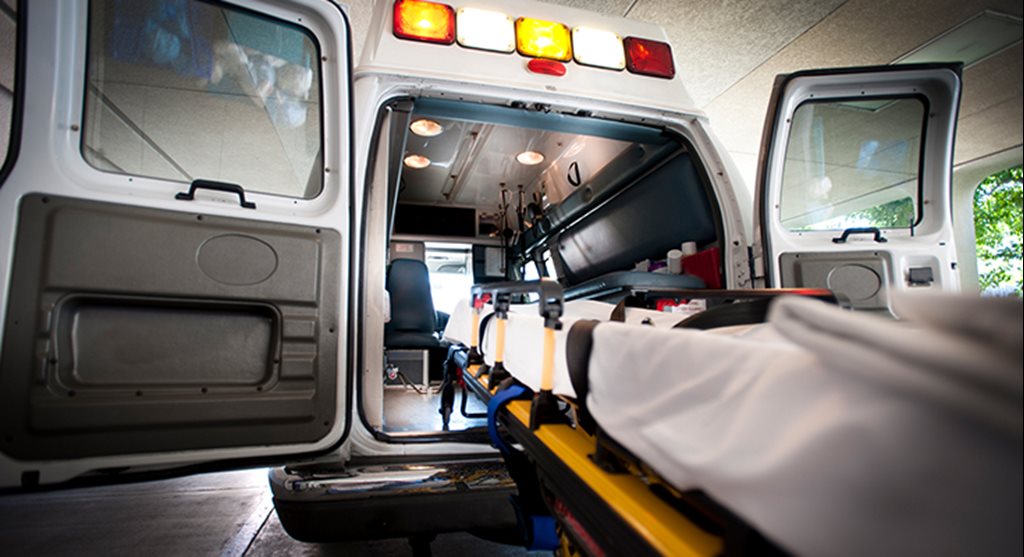
CPSO Expectations and Right-Touch Regulation
In the spirit of right-touch regulation, CPSO no longer develops guidelines in opioid prescribing and does not endorse one practice guideline over another. Instead, we expect our members to consider the context of current expert guidance in the hope of minimizing morbidity, and the risk of opioid-related overdoses and deaths. When considering the current guidance presented in this Dialogue to treat or reduce the harms of opioid use disorder, physicians are reminded of the expectations In CPSO’s Prescribing Drugs policy.
Emergency department (ED) physicians are in a unique position to connect with people struggling with opioid addiction. Some ED clinicians will see the same patients in their emergency clinics multiple times, often after administering naloxone to reverse an overdose.
A group of addiction medicine experts developed a toolkit to support emergency physicians in initiating buprenorphine to these high-risk patients.
“ED physicians treat patients with opioid overdose, withdrawal and injection-related complications; we know that seeing patients return to the ED repeatedly can be frustrating and disheartening. Offering buprenorphine and connection to community follow-up is not only an important intervention to reduce overdose deaths, but is associated with significant reductions in ED visits at three and six months,” said Dr. Jennifer Wyman, a member of META:PHI, the group which provided leadership in the development of the toolkit, and Associate Medical Director, Substance Use Service, Women’s College Hospital.
Patients who present to the ED with an opioid overdose are at very high risk of death in subsequent months. In a retrospective cohort study of 6,140 people who were seen in an Ontario ED for a non-fatal overdose, the risk of death in the year following the overdose was 5.3 percent.
“Most front line addiction medicine physicians feel that a truly patient-centred approach at the point of first contact is essential, whether that be in the ED/primary care setting or OAT clinic, as death could occur with the next episode of use,” said Dr. Michael Franklyn, an addiction medicine specialist in Sudbury.
“Patients need to be engaged immediately and every attempt should be made to remove any possible barriers to immediate care,” said Dr. Franklyn, who is also a CPSO Council member.
Offering buprenorphine and connection to community follow-up is the standard of care as endorsed by the Canadian Association of Emergency Physicians.
Research found that starting buprenorphine in the ED nearly doubles the likelihood that patients will follow up with addiction treatment compared to offering referral alone, said Dr. Wyman. Treatment strategies that are based on withdrawal management alone without plans for transition to opioid agonist treatment (OAT) are associated with high rates of relapse and high mortality rates. In contrast, OAT is associated with improved health outcomes and reduced overdose rates, including for people who are not abstinent from other opioid use.
The META:PHI ED Toolkit contains order sets, sample prescriptions, patient and provider information sheets, and other administrative materials to enable any physician to start buprenorphine in an ED patient.
Related articles:












